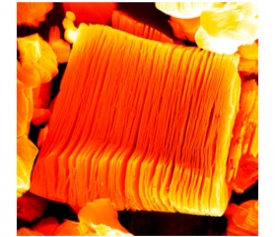 MXene- New Family of 2-D Metal Carbides and Nitrides
MXene- New Family of 2-D Metal Carbides and Nitrides
PHILADELPHIA (August 22, 2011) – An urgent challengecurrently faced by researchers and the public alike is the ability to identify the next generation of sustainable, cost-effective, and energy efficient materials for our everyday use. While searching for new materials for electrical energy storage, a team of Drexel University materials scientists has discovered a new family of two-dimensional compounds proposed to have unique properties that may lead to groundbreaking advances in energy storage technology.
The research team led by Dr. Yury Gogotsi, Distinguished University Professor of Materials Science and Engineering and Director of the A.J. Drexel Nanotechnology Institute and Dr. Michel Barsoum, Grosvenor and Distinguished Professor of Materials Science and Engineering, has recently published a paper titled "Two-Dimensional Nanocrystals Produced by Exfoliation of Ti3AlC2," appearing in the highly prestigious journalAdvanced Materials. In their paper, the research team recounts their ability to transform three dimensional titanium-aluminum carbide, a typical representative of a family of layered ternary carbides called MAX phases, into a two dimensional structure with greatly different properties. MAX phases, known as ductile and machineable ceramics, have been researched by Prof. Barsoum’s lab for more than a decade and dozens of layered carbides, nitrides and carbonitrides with a variety of properties have been synthesized. However, these ceramics have always been produced as 3-dimensional materials.
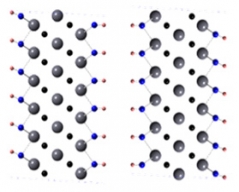 The Drexel researchers placed titanium-aluminum carbide (Ti3AlC2) powders in hydrofluoric acid at room temperature to selectively remove the aluminum. The result of this chemical process, referred to as exfoliation, essentially spreads-out the layered carbide material and yields two-dimensional Ti3C2nanosheets, which have since been coined MXene, as a kin to graphene. Most notable is that the exfoliated material shows many features of graphene. For example, it can roll into nanotube-like scrolls, some with diameters of less than 40 nanometers (1000 times thinner than a human hair), having the potential for a broad range of applications, ranging from energy storage devices to biomedical applications and composites.
The Drexel researchers placed titanium-aluminum carbide (Ti3AlC2) powders in hydrofluoric acid at room temperature to selectively remove the aluminum. The result of this chemical process, referred to as exfoliation, essentially spreads-out the layered carbide material and yields two-dimensional Ti3C2nanosheets, which have since been coined MXene, as a kin to graphene. Most notable is that the exfoliated material shows many features of graphene. For example, it can roll into nanotube-like scrolls, some with diameters of less than 40 nanometers (1000 times thinner than a human hair), having the potential for a broad range of applications, ranging from energy storage devices to biomedical applications and composites.
The scientists present their case using an array of experimental techniques and first principles calculations. High-resolution transmission electron microscopy, performed in collaboration with researchers from Sweden, has demonstrated presence of single, double and multilayer sheets with the lateral dimension of several micrometers and thicknesses in the nanometer range. The calculations predict large elastic moduli and an electronic structure that can be tuned by changing the surface chemistry of these sheets.
“Two-dimensional free-standing crystals, such as graphene, boron nitride and metal chalcogenides (for example, molybdenum disulfide), can differ strikingly in properties from their three-dimensional counterparts. Currently, however, there are relatively few such atomically layered materials.” said Michael Naguib, a doctoral candidate and first author of the article.
“Since Ti3AlC2 is a member of the MAX phase family, that to date number over 60, the importance of this study lies far beyond simply the formation of Ti3C2nanosheets. We are not talking about one composition here, but a very large family indeed, thus opening tremendous opportunities in synthesis and application of 2-D materials. This work provides a conceptual leap forward that should lead to a breakthrough in the development of two-dimensional materials.” Gogotsi said.
This work was supported by the Assistant Secretary for Energy Efficiency and Renewable Energy, Office of Vehicle Technologies of the U.S. Department of Energy under Contract No. DE-AC02-05CH11231 – Batteries for Advanced Transportation Technologies (BATT) Program (http://batt.lbl.gov).
Reference:Naguib, M.; Kurtoglu, M.; Presser, V.; Lu, J.; Niu, J.; Heon, M.; Hultman, L.; Gogotsi, Y.; Barsoum, M. W., Two Dimensional Nanocrystals Produced by Exfoliation of Ti3AlC2, Advanced Materials, 2011, http://dx.doi.org/10.1002/adma.201102306
Source: http://nano.materials.drexel.edu/
Related Items:
Pore Size Reduction Increases Energy Stored In Super Capacitors
Supercapasitors: Big Energy Storage in Thin Films
Supercapacitors Lead the Way As Sustainable Energy Source
True Performance Metrics in Electrochemical Energy Storage. Science
The Drexel researchers placed titanium-aluminum carbide (Ti3AlC2) powders in hydrofluoric acid



 Highlights
Highlights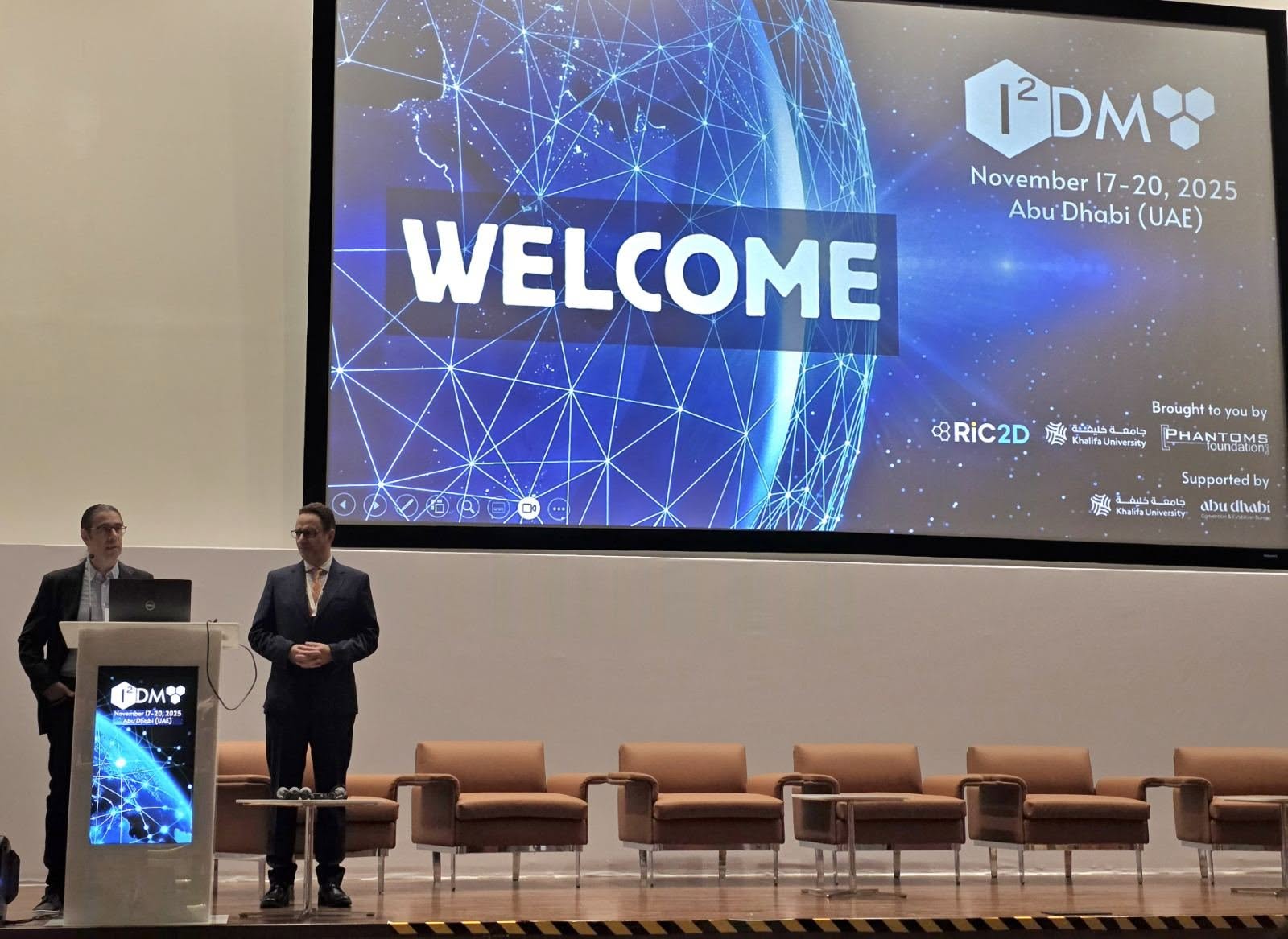 We are excited to share that our Carbon-Ukraine (Y-Carbon LLC) company participated in the I2DM Summit and Expo 2025 at Khalifa University in Abu-Dhabi! Huge thanks to Research & Innovation Center for Graphene and 2D Materials (RIC2D) for hosting such a high-level event.It was an incredible opportunity to meet brilliant researchers and innovators working on the next generation of 2D materials. The insights and energy from the summit will definitely drive new ideas in our own development.
We are excited to share that our Carbon-Ukraine (Y-Carbon LLC) company participated in the I2DM Summit and Expo 2025 at Khalifa University in Abu-Dhabi! Huge thanks to Research & Innovation Center for Graphene and 2D Materials (RIC2D) for hosting such a high-level event.It was an incredible opportunity to meet brilliant researchers and innovators working on the next generation of 2D materials. The insights and energy from the summit will definitely drive new ideas in our own development. Carbon-Ukraine team had the unique opportunity to visit XPANCEO - a Dubai-based deep tech startup company that is developing the first smart contact lenses with AR vision and health monitoring features, working on truly cutting-edge developments.
Carbon-Ukraine team had the unique opportunity to visit XPANCEO - a Dubai-based deep tech startup company that is developing the first smart contact lenses with AR vision and health monitoring features, working on truly cutting-edge developments. Our Carbon-Ukraine team (Y-Carbon LLC) are thrilled to start a new RIC2D project MX-Innovation in collaboration with Drexel University Yury Gogotsi and Khalifa University! Amazing lab tours to project collaborators from Khalifa University, great discussions, strong networking, and a wonderful platform for future collaboration.
Our Carbon-Ukraine team (Y-Carbon LLC) are thrilled to start a new RIC2D project MX-Innovation in collaboration with Drexel University Yury Gogotsi and Khalifa University! Amazing lab tours to project collaborators from Khalifa University, great discussions, strong networking, and a wonderful platform for future collaboration.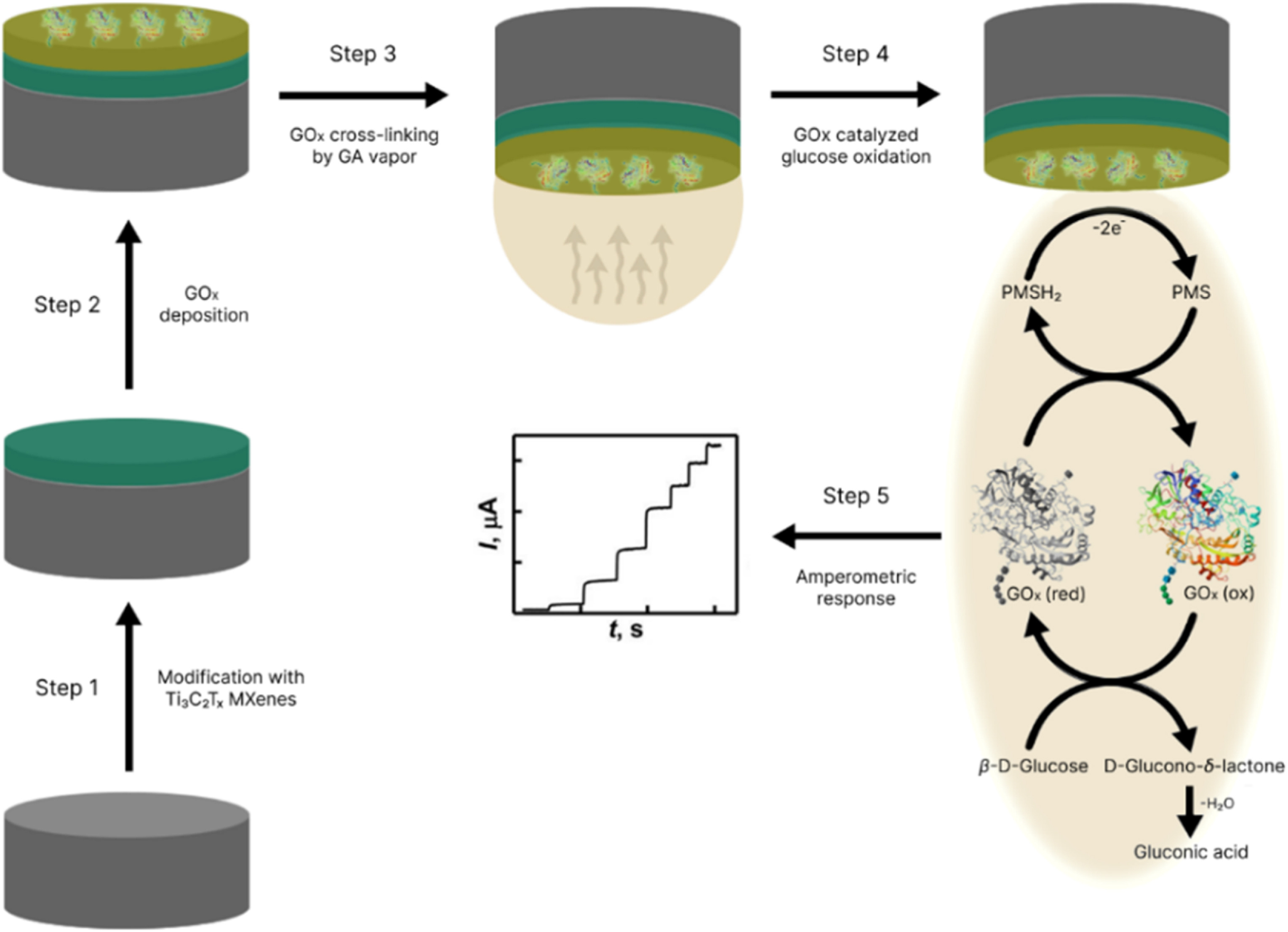
 MXenes potential applications include sensors, wound healing materials, and drug delivery systems. A recent study explored how different synthesis methods affect the safety and performance of MXenes. By comparing etching conditions and intercalation strategies, researchers discovered that fine-tuning the surface chemistry of MXenes plays a crucial role in improving biocompatibility. These results provide practical guidelines for developing safer MXenes and bring the field one step closer to real biomedical applications.
MXenes potential applications include sensors, wound healing materials, and drug delivery systems. A recent study explored how different synthesis methods affect the safety and performance of MXenes. By comparing etching conditions and intercalation strategies, researchers discovered that fine-tuning the surface chemistry of MXenes plays a crucial role in improving biocompatibility. These results provide practical guidelines for developing safer MXenes and bring the field one step closer to real biomedical applications. An excellent review highlighting how MXene-based sensors can help tackle one of today’s pressing environmental challenges — heavy metal contamination. Excited to see such impactful work moving the field of environmental monitoring and sensor technology forward!
An excellent review highlighting how MXene-based sensors can help tackle one of today’s pressing environmental challenges — heavy metal contamination. Excited to see such impactful work moving the field of environmental monitoring and sensor technology forward!
 Carbon-Ukraine team was truly delighted to take part in the kickoff meeting of the ATHENA Project (Advanced Digital Engineering Methods to Design MXene-based Nanocomposites for Electro-Magnetic Interference Shielding in Space), supported by NATO through the Science for Peace and Security Programme.
Carbon-Ukraine team was truly delighted to take part in the kickoff meeting of the ATHENA Project (Advanced Digital Engineering Methods to Design MXene-based Nanocomposites for Electro-Magnetic Interference Shielding in Space), supported by NATO through the Science for Peace and Security Programme.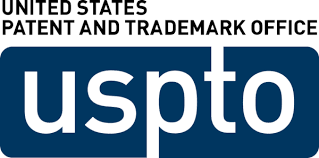 Exellent news, our joint patent application with Drexel University on highly porous MAX phase precursor for MXene synthesis published. Congratulations and thanks to all team involved!
Exellent news, our joint patent application with Drexel University on highly porous MAX phase precursor for MXene synthesis published. Congratulations and thanks to all team involved! Our team was very delighted to take part in International Symposium "The MXene Frontier: Transformative Nanomaterials Shaping the Future" – the largest MXene event in Europe this year!
Our team was very delighted to take part in International Symposium "The MXene Frontier: Transformative Nanomaterials Shaping the Future" – the largest MXene event in Europe this year!  Last Call! Have you submitted your abstract for IEEE NAP-2025 yet? Join us at the International Symposium on "The MXene Frontier: Transformative Nanomaterials Shaping the Future" – the largest MXene-focused conference in Europe this year! Final Submission Deadline: May 15, 2025. Don’t miss this exclusive opportunity to showcase your research and engage with world leaders in the MXene field!
Last Call! Have you submitted your abstract for IEEE NAP-2025 yet? Join us at the International Symposium on "The MXene Frontier: Transformative Nanomaterials Shaping the Future" – the largest MXene-focused conference in Europe this year! Final Submission Deadline: May 15, 2025. Don’t miss this exclusive opportunity to showcase your research and engage with world leaders in the MXene field!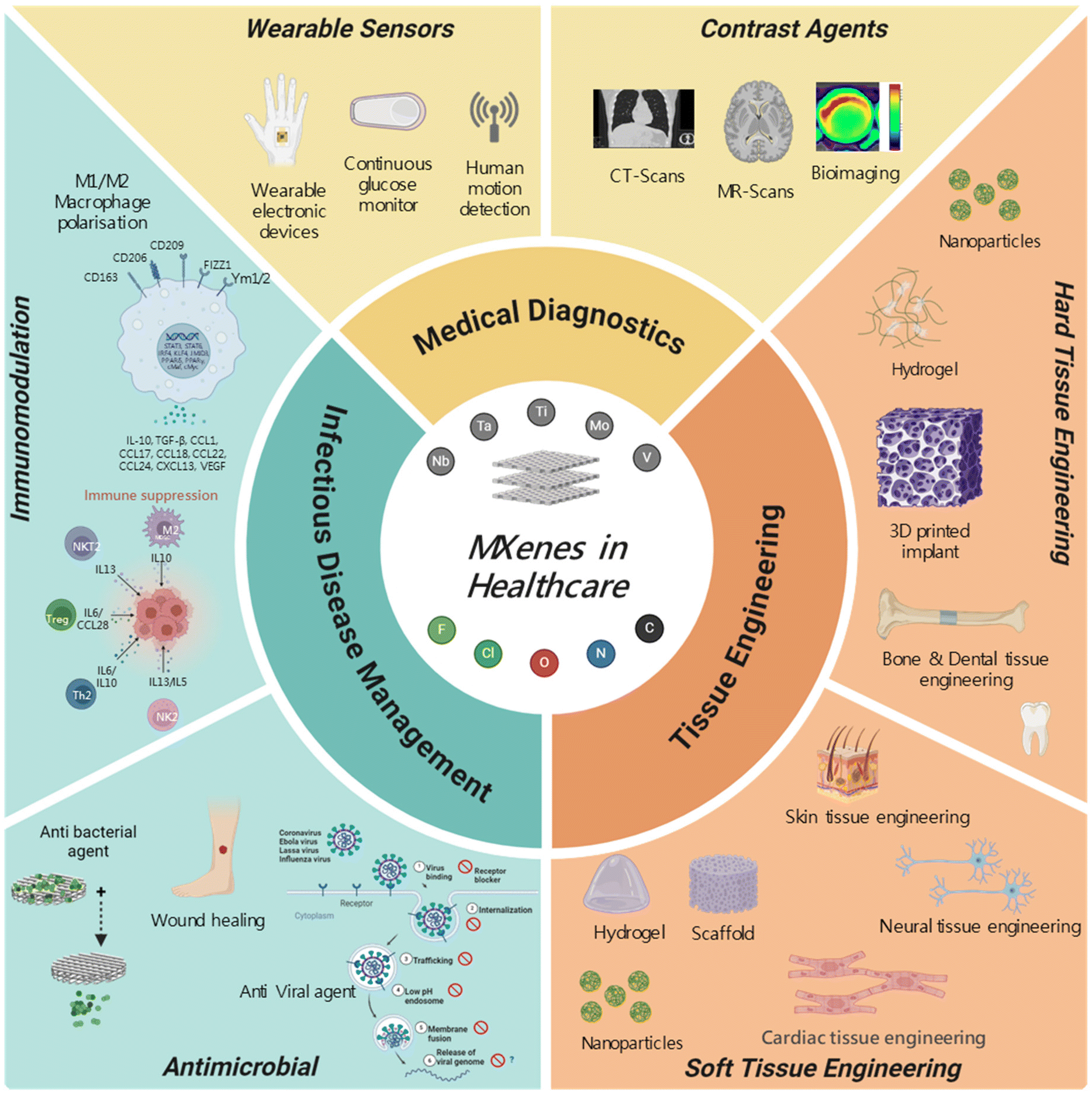 We are excited to announce the publication of latest review article on MXenes in Healthcare. This comprehensive review explores the groundbreaking role of MXenes—an emerging class of 2D materials—in revolutionizing the fields of medical diagnostics and therapeutics. Read the full article here: https://doi.org/10.1039/D4NR04853A.
We are excited to announce the publication of latest review article on MXenes in Healthcare. This comprehensive review explores the groundbreaking role of MXenes—an emerging class of 2D materials—in revolutionizing the fields of medical diagnostics and therapeutics. Read the full article here: https://doi.org/10.1039/D4NR04853A.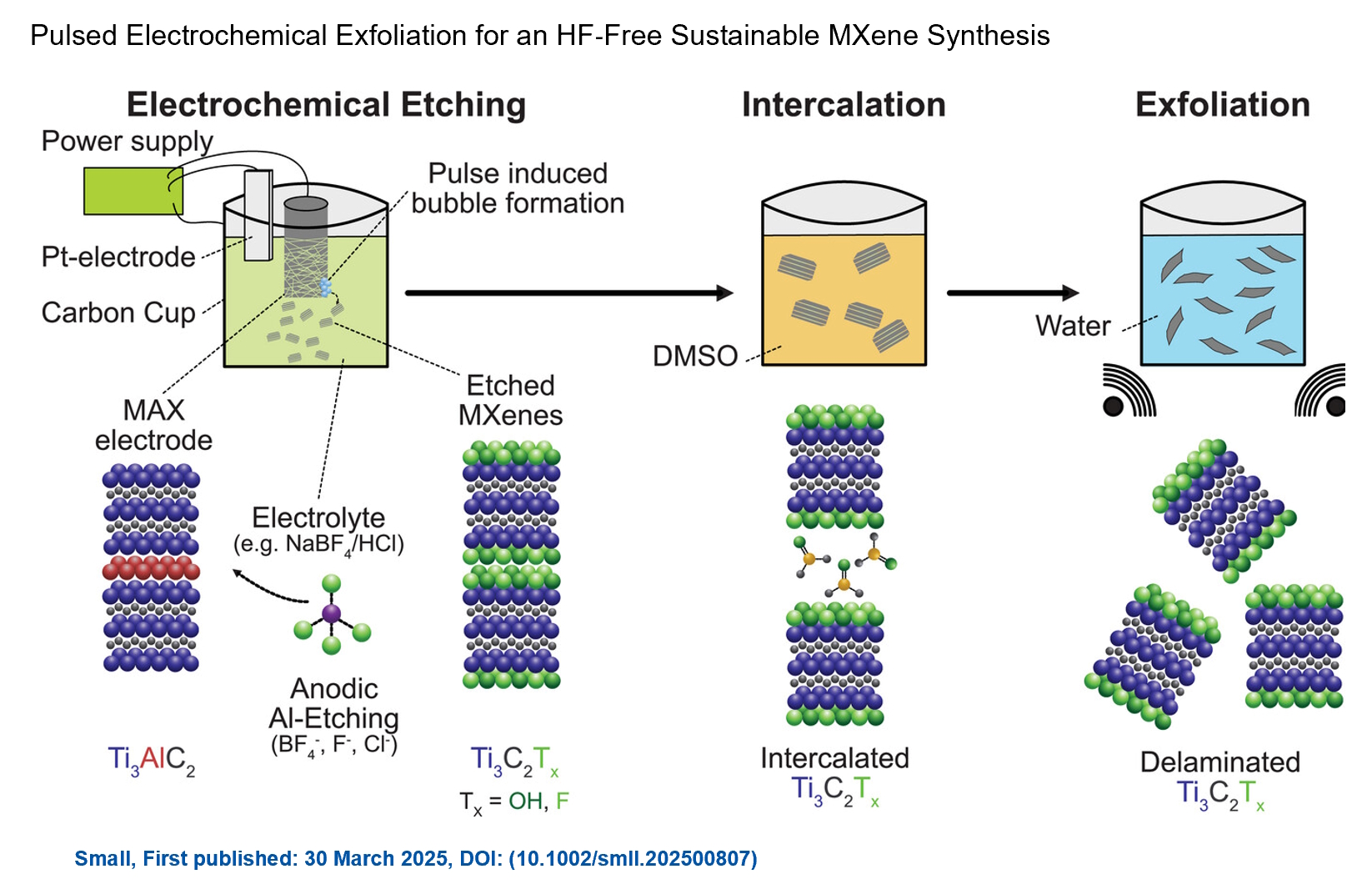 Congratulations and thank you to our collaborators from TU Wien and CEST for very interesting work and making it published! In this work, an upscalable electrochemical MXene synthesis is presented. Yields of up to 60% electrochemical MXene (EC-MXene) with no byproducts from a single exfoliation cycle are achieved.
Congratulations and thank you to our collaborators from TU Wien and CEST for very interesting work and making it published! In this work, an upscalable electrochemical MXene synthesis is presented. Yields of up to 60% electrochemical MXene (EC-MXene) with no byproducts from a single exfoliation cycle are achieved. Congratulations to all collaborators with this interesting joint work!
Congratulations to all collaborators with this interesting joint work!